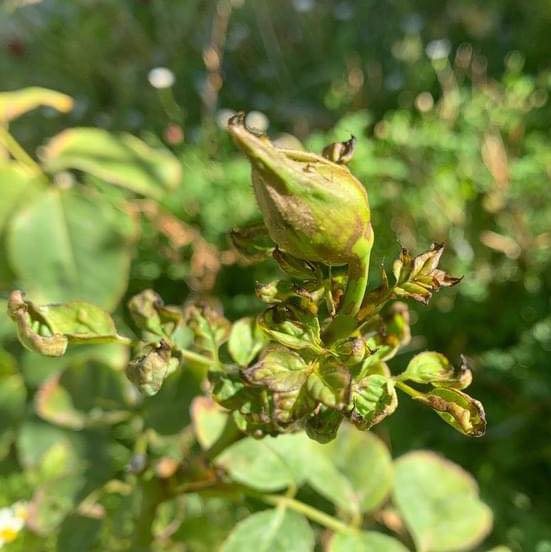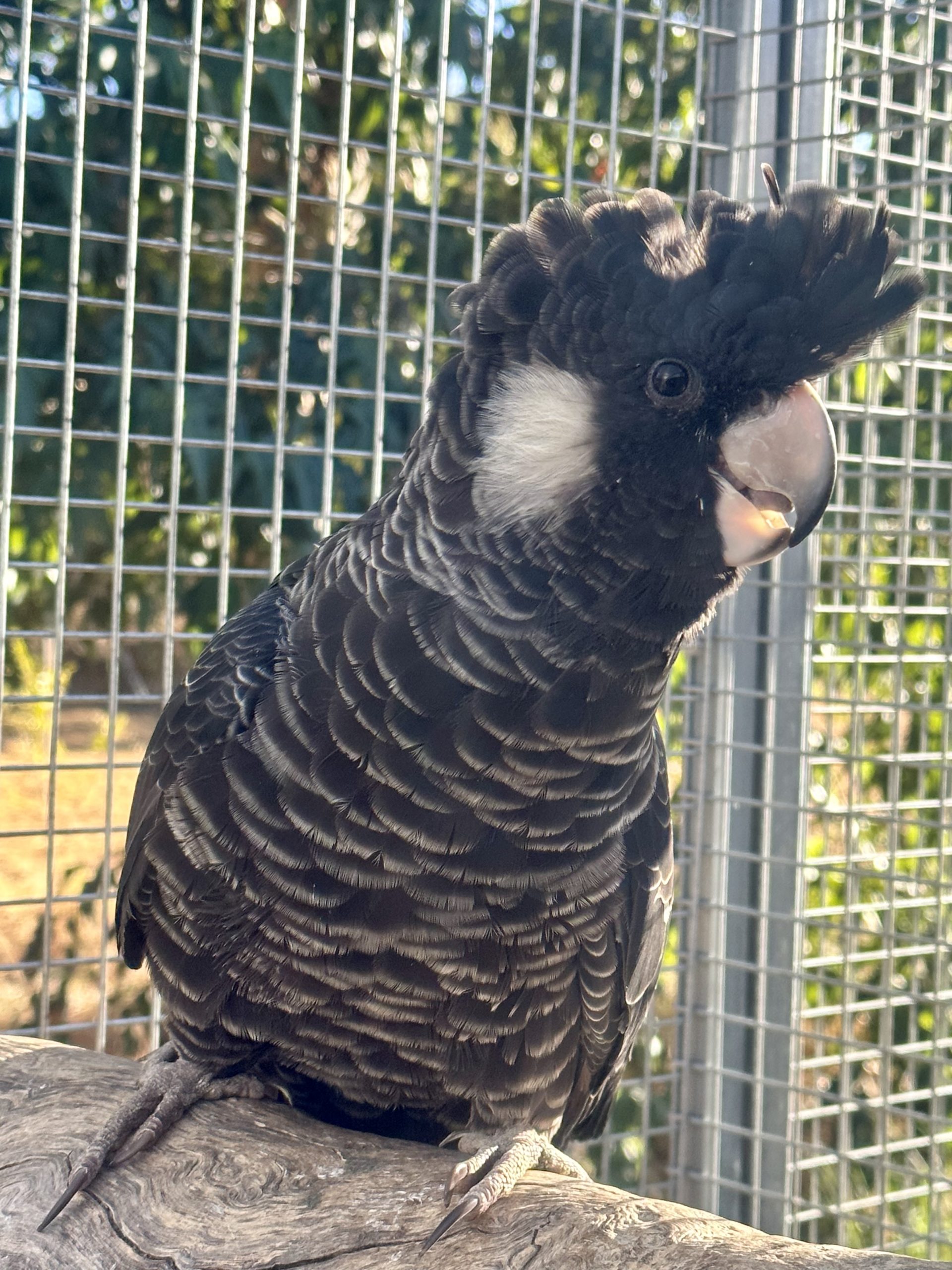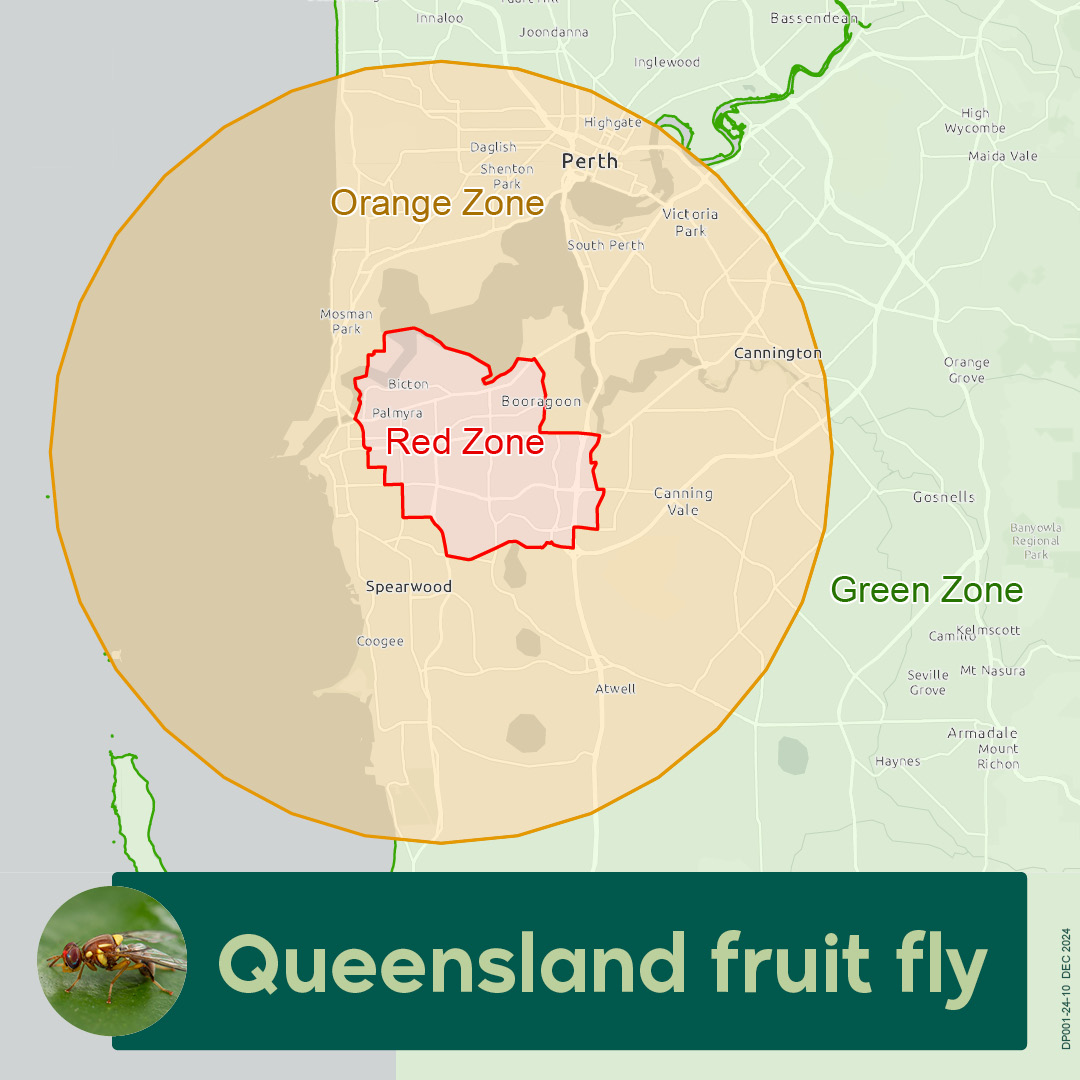The Return of Chilli Thrips – updated
With the onset of spring no doubt chilli thrips will be the main thing on gardener’s minds because it drove people to desperation for months. This year chilli thrips attacked blueberries, grapes, strawberries, chillies, capsicum, hydrangea, asparagus, onion, passionfruit, peaches, mango, and azaleas.
Gardeners basically threw everything they could at them to no avail, systemic insecticides, oils, soap spray, severe pruning and as a last resort removal of the plant. The despair chilli thrips caused most gardeners was on epidemic proportions.
Rob Melville from Melville’s Rose n Garden has shared his experiences with chilli thrips. Their nursery grows thousands of roses, allowing them to trial various control methods, using many sprays available to the home gardener and did a trial plot of hard pruning during summer. The solution they found will probably shock most people its so simple.
Before revealing his team’s solution, it’s important for people to understand the life cycle of Scirtothrips dorsalis (chilli thrips). They have been in WA for around 20 years and are active year-round but more prevalent in spring, summer, and autumn. They are tiny, only 2mm long with a torpedo shaped yellowish body and wings.
When feeding, chilli thrips use a mandible to cut into the plant, inject their saliva then insert a tube that sucks up semi-digested food. It’s a punch and suck action. In warm temperatures chilli thrips can produce 18 generations in a year and females can lay up to 40 eggs during a lifetime.
Eggs are laid in the foliage and the first two stages of life (instars) occur in the foliage or buds, then they go into the ground or leaf litter for the next two stages of development (prepupa and pupa) finally appearing as a winged adults and continue to feed. The life cycle takes around 15 days. The stages of development in the ground are crucial for control.
Rob Melville found that all the sprays became ineffective after a while as the thrips developed an immunity to them. Sprays including the organic ones were killing any of the predatory insects that fed on the thrips.
He maintains the best method of control was to overhead water daily and not use any pesticides or insecticides. The thrips are so small, during the prepupa and pupa stages they actually drown in the leaf litter. Robs advice is to allow the beneficial insects that predate on thrips to build up, overhead water daily and never hard prune during the warmer months.
Tip
Predatory insects for thrips include pirate bugs, mites, ladybirds, parasitic wasps, predatory thrips, green lacewings, and damsel bugs.
The Department of Primary Industries and Regional Development, nurseries and rose growers have been inundated with photos and specimens of roses that are suffering from all sorts of symptoms which include:
- Silvering of the leaf surface.
- Curled and distorted leaves with bronzing on leaves, stems and new shoots.
- Grey to black markings on flowers often showing a ring of scarred tissue around the apex.
- Flower buds reduced in size, have a brown colouring and fall off before development.
- Flowers are paler in colour with a brown tips.
The culprit causing the damage are Chilli Thrips known as Scirtothrips dorsalis, a tiny insect less than 2mm in length. These thrips have a punch and suck action, they puncture a hole in plant cells and suck up the sap, this is what causes the mottled effect on the leaves and brown scarring on the rose buds.
Chilli thrips are most active in spring, summer and early autumn if it’s warm and dry. This is their preferred weather and ideal for breeding. Thrips are hard to see with the naked eye but if you get a plain sheet of paper and tap the leaves or flower you may see them moving on the paper. The life cycle of Chilli thrips is complete within 15 days and includes egg, 2 instar larval stages, prepupa, pupa and adult. Eggs will hatch between 2-7 days.
These pesky little insects are polyphagous; meaning they will feed on many different plants. They are now a widespread pest found in Pakistan, Japan, the Solomon Islands, Australia, South Africa, Israel, the Caribbean and America.
Before you reach for the systemic insecticide its worth knowing that they have many predators like lacewings, ladybirds, predatory thrips and predatory mites.
Organic gardeners can spray with OCP Eco-Oil, Natrasoap Insecticidal Soap, Beat-a-Bug Natural pyrethrum, Yates Natures Way Vegie and Herb spray, Searles Ecofend Natural Solutions mite and insect spray, Hortico Insect Killer Tomatoes and Vegetables, Sharp Shooter Natural Pyrethrum.
If gardeners need to go for stronger more systemic sprays remember some may have a detrimental effect on bees and other beneficial insects. Products that contain active ingredients such as imidacloprid, acetamiprid, spinetoram, or pyrethroids are effective against thrips, and may be available to home gardeners.
Conguard, Success, Mavrick and Richgro Bug Killa have been used by rose growers with some successes are all systemic insecticides that are registered for the control of chilli thrips.
Top Tip
Don’t use any oil-based sprays when temperatures are above 32 degrees as the leaf tissue on plants may burn.




